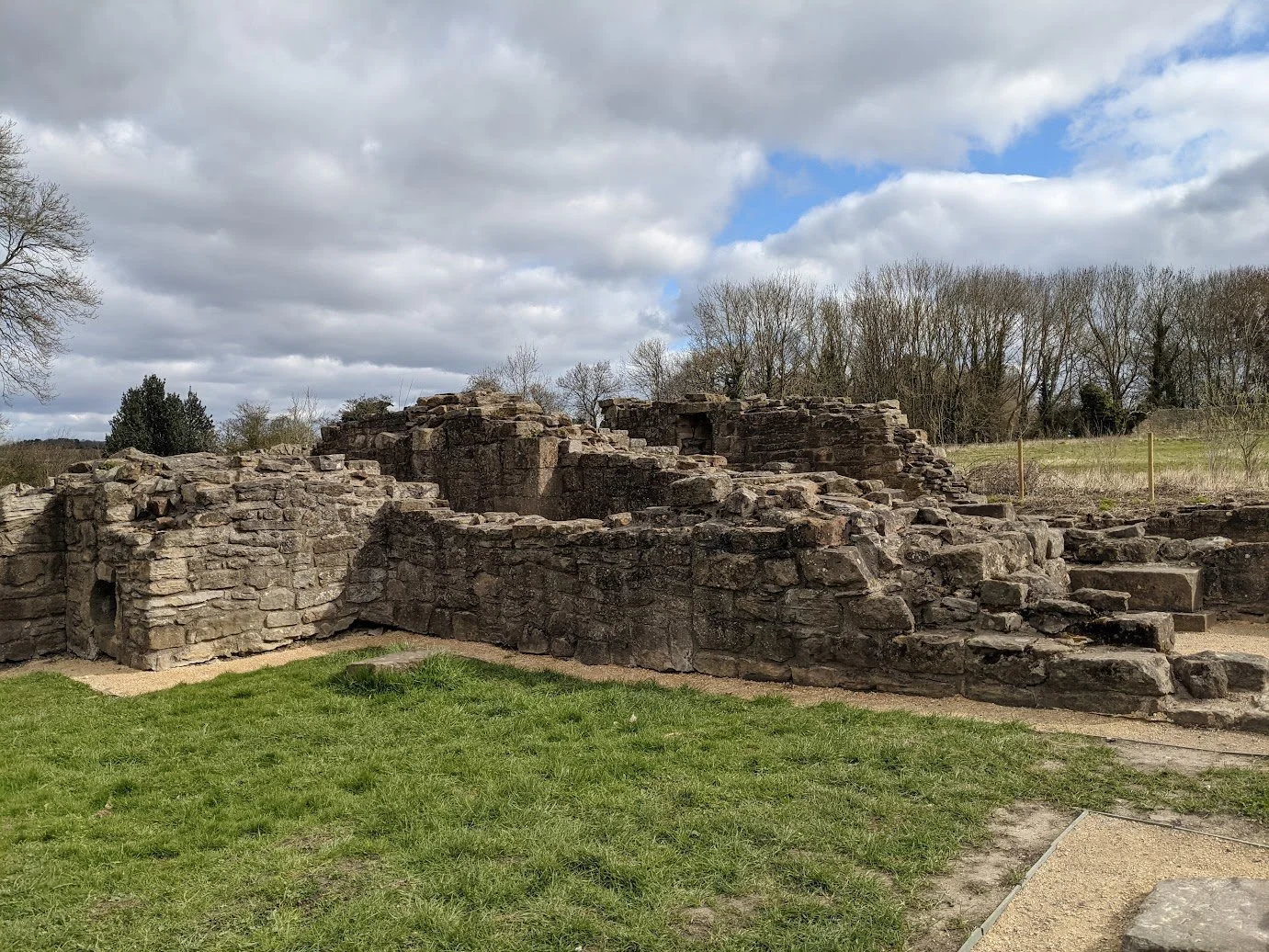Beaurepaire — a hidden medieval retreat
How have I lived in Durham this long and never made it to Beaurepaire? It’s practically on the edge of the city, yet it felt like a proper little outing. I went with two friends and we paired a gentle walk with coffee-and-cake at the café, a simple, satisfying combination if you fancy a short break without going far from the city.
The site itself is small and easy to explore. Local volunteers have clearly put in the hours: the ruins are tidy and well-signed, and even though the walls are now mostly ankle- to waist-high, you still get a sense of a once-significant place in the landscape. It makes a lovely quiet stop if you like history in bite-sized, outdoorsy form.
A little bit of history
Beaurepaire began life in 1258 as a rural priory manor house built by Prior Bertram de Middleton as a country retreat for the priors and monks of Durham. Its handy distance, about three miles from the cathedral, meant monks could still attend daily mass. The house became grand enough to attract royal visits from Edward I, Edward II and Edward III between 1296 and 1335. It suffered heavy damage after the Battle of Neville’s Cross in 1346 and again during the Civil War in the 1640s, when it was largely destroyed by Scottish forces. What remains now is only the footprint, but an evocative one..
Café and access
From Durham city centre take the A690 west. Turn right onto the A167 at Neville’s Cross, then left onto Tollhouse Road (just after the Sainsbury’s Local). Watch for the sign to Aldin Grange fishing lakes on your left just beyond a short terrace of stone houses. There is parking at the café and a straightforward path onwards to the Beaurepaire site.
Final Thoughts
If this sort of “short walk with a story” appeals, you’ll find more of the same on the Durham Pointers walks page, where we collect ideas for easy, local outings and gentle historic wanderings around the city and beyond.
Moira and her husband Adam have been Durham Pointers for nine years. They enjoy exploring days out across the region, sometimes with their wider family, sometimes just the two of them - always on the lookout for new corners of County Durham, Teesside, and North Yorkshire to share.


